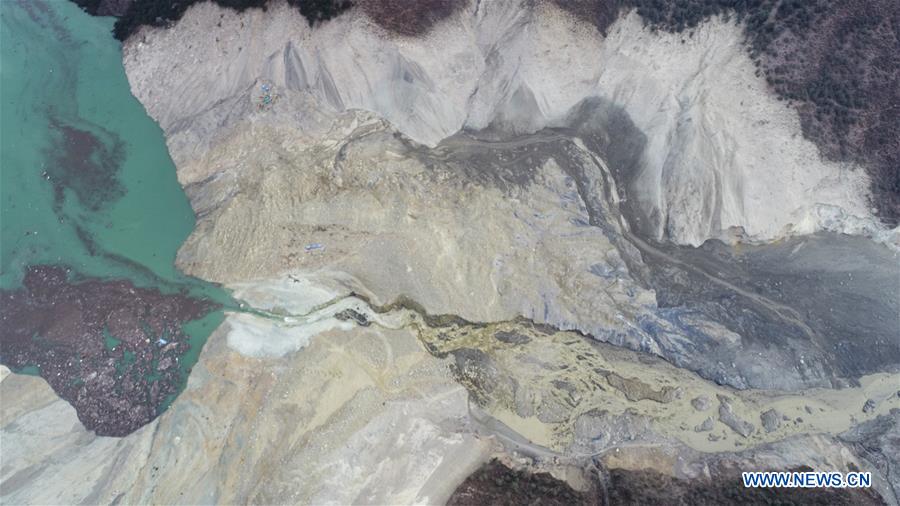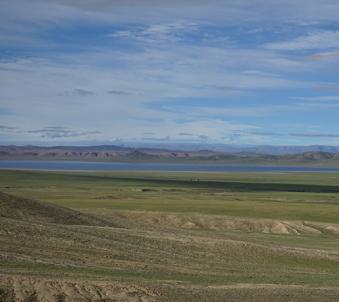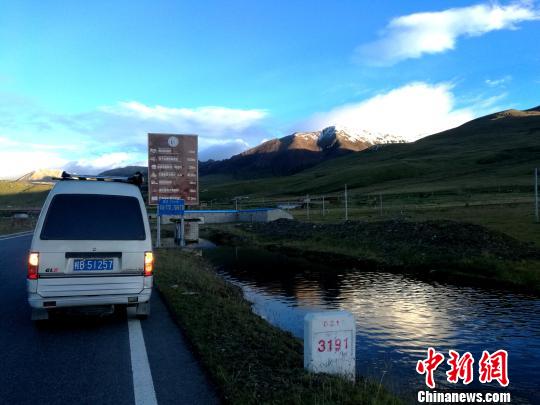Huge amount of water siphoned into Earth's interior: study

Screenshot of Mariana Trench [Photo: Google Map]
A study showed that the Mariana Trench, the deepest natural point in the world, turned out to be a funnel that dragged about three times more water down into the deep Earth than previously estimated.
It was a first-of-its-kind seismic study on such an impact of slow-motion collisions of tectonic plates under the ocean, according to the study published on Wednesday in the journal Nature.
The observations from the deepest ocean trench in the world have important implications for the global water cycle.
"People knew that subduction zones could bring down water, but they didn't know how much water," said the study's first author Cai Chen, who completed his doctoral studies at Washington University in St. Louis.
"This research shows that subduction zones move far more water into Earth's deep interior, many miles below the surface, than previously thought," said Candace Major, a program director in the National Science Foundation's Division of Ocean Sciences, which funded the study.
The researchers listened to more than one year's worth of Earth's rumblings from ambient noise to actual earthquakes, using a network of 19 passive, ocean-bottom seismographs deployed across the trench, along with seven island-based seismographs.
The trench is where the western Pacific Ocean plate slides beneath the Mariana plate and sinks deep into the Earth's mantle as the plates slowly converge.
They found that ocean water atop the plate ran down into the Earth's crust and upper mantle along the fault lines that laced the area where plates collided and bent, and therefore, the water got trapped.
Under certain temperature and pressure conditions, the water transformed into a non-liquid hydrous minerals or wet rocks, which locked the water into the rock in the geologic plate, according to the study.
Then, the plate continues to crawl ever deeper into the Earth's mantle, bringing the water along with it.
The seismic images showed that the area of hydrated rock at the Mariana Trench extends almost 20 miles or 32.2 kilometers beneath the seafloor.
Four times more water subducts than previously calculated for the Mariana Trench region alone and it can be extrapolated to predict the conditions under other ocean trenches worldwide, according to the study.
Scientists believed that most of the water that went down at the trench came back from the Earth into the atmosphere as water vapor when volcanoes erupted hundreds of miles away.
However, with the revised estimates of water from the new study, the amount of water going into the earth seems to greatly exceed the amount of water coming out.
Your Comment
Name E-mailRelated News
-
-

-
Water from Tanggula Mountain Range comes out of Tibet
In the past few days, the first 25-ton shipment of water from southwest China's Tibet was shipped out from the Namtso Natural Drinking Water Plant.
-
-
-
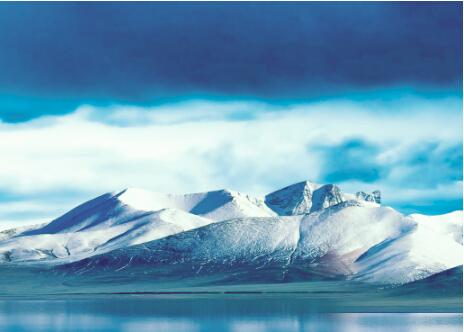
-
Tibet's bottled water output rises
Productions of bottled drinking water in southwest China's Tibet Autonomous Region has increased steadily.
-
-
-
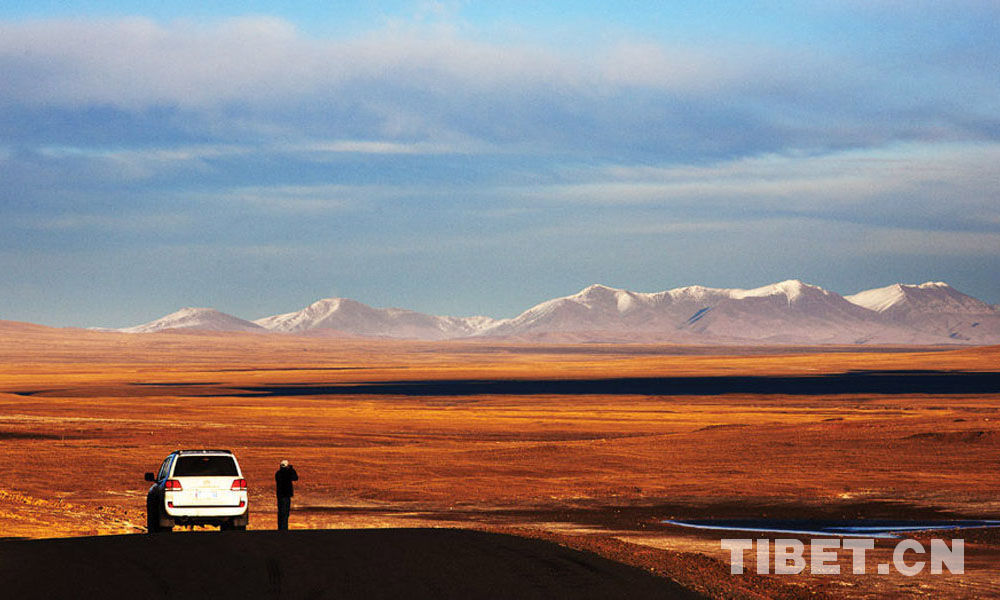
-
How to prevent hydatidosis when traveling on the Qinghai-Tibet Plateau
What measures should those who visit the tourist attractions in the Qinghai-Tibet Plateau, Xinjiang, Inner Mongolia and other places take to protect against hydatidosis?
-
-
-
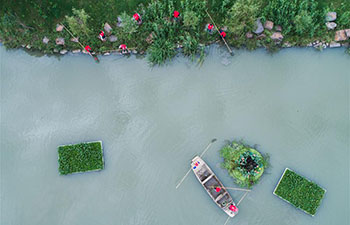
-
China rolls out "river chief" scheme nationwide
China has rolled out its river chief scheme nationwide ahead of schedule amid efforts to combat water pollution, a senior official said Tuesday.
-
-
-
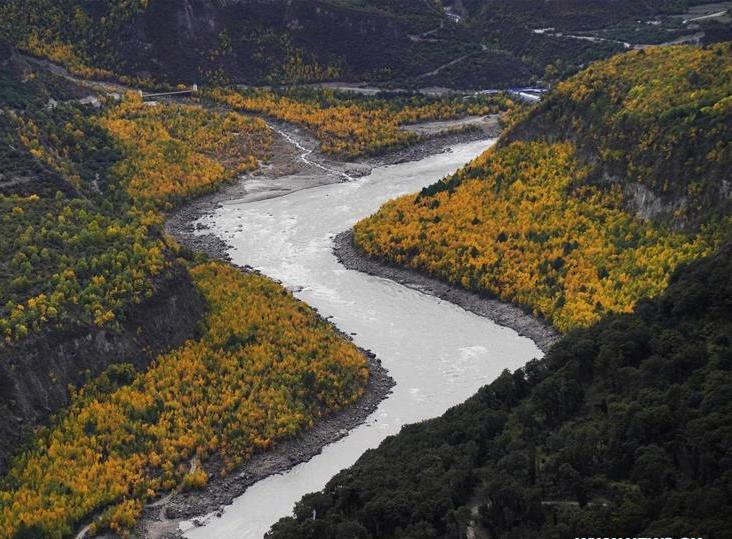
-
Water level in Tibet barrier lake drops after overflow
Water levels are dropping after an overflow at a barrier lake formed after a landslide in the Yarlung Tsangpo River in southwest China's Tibet Autonomous Region, local officials said Friday.
-


